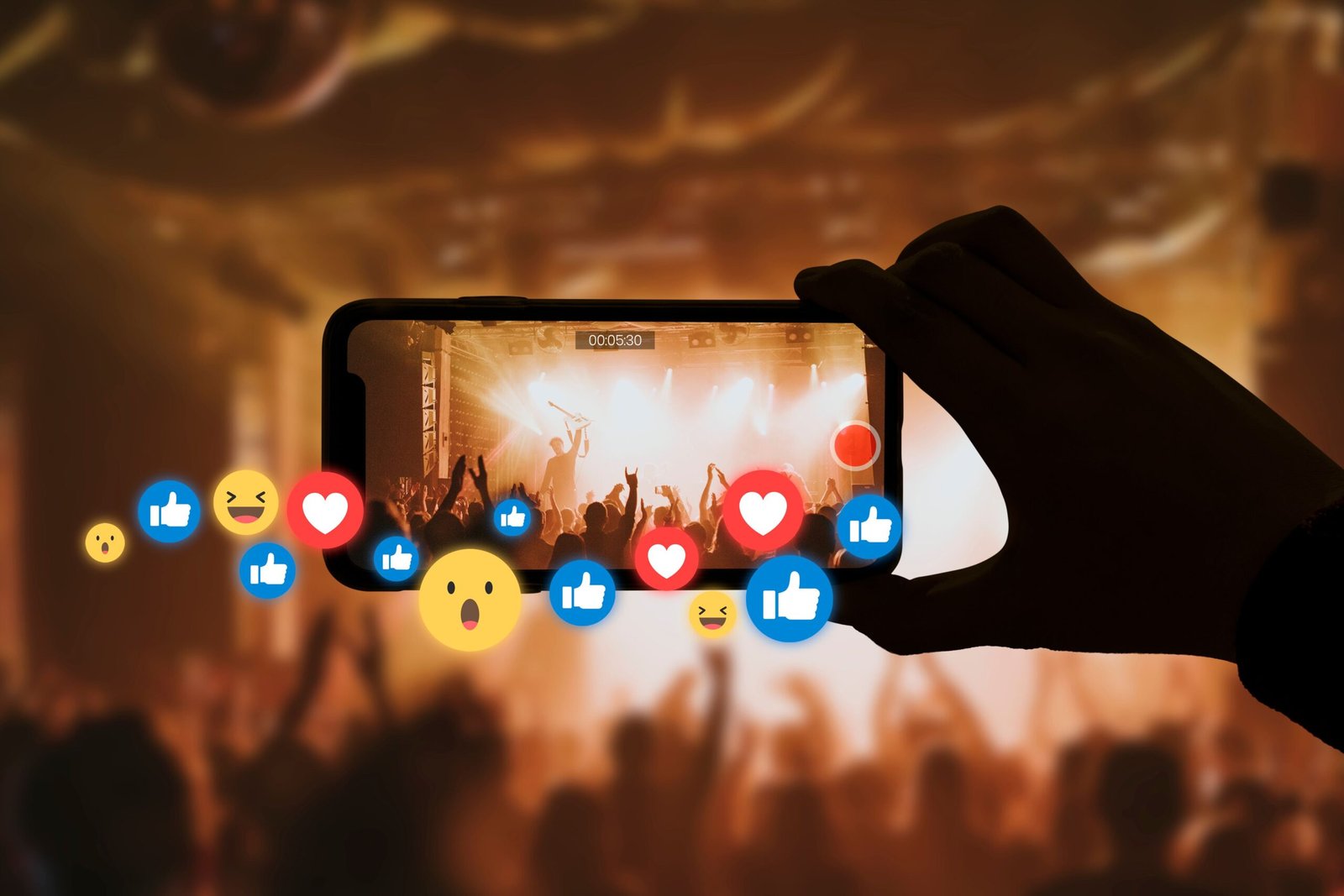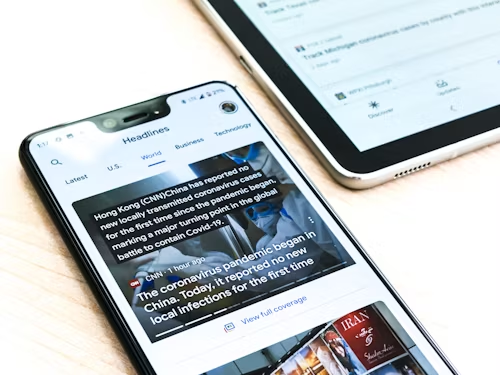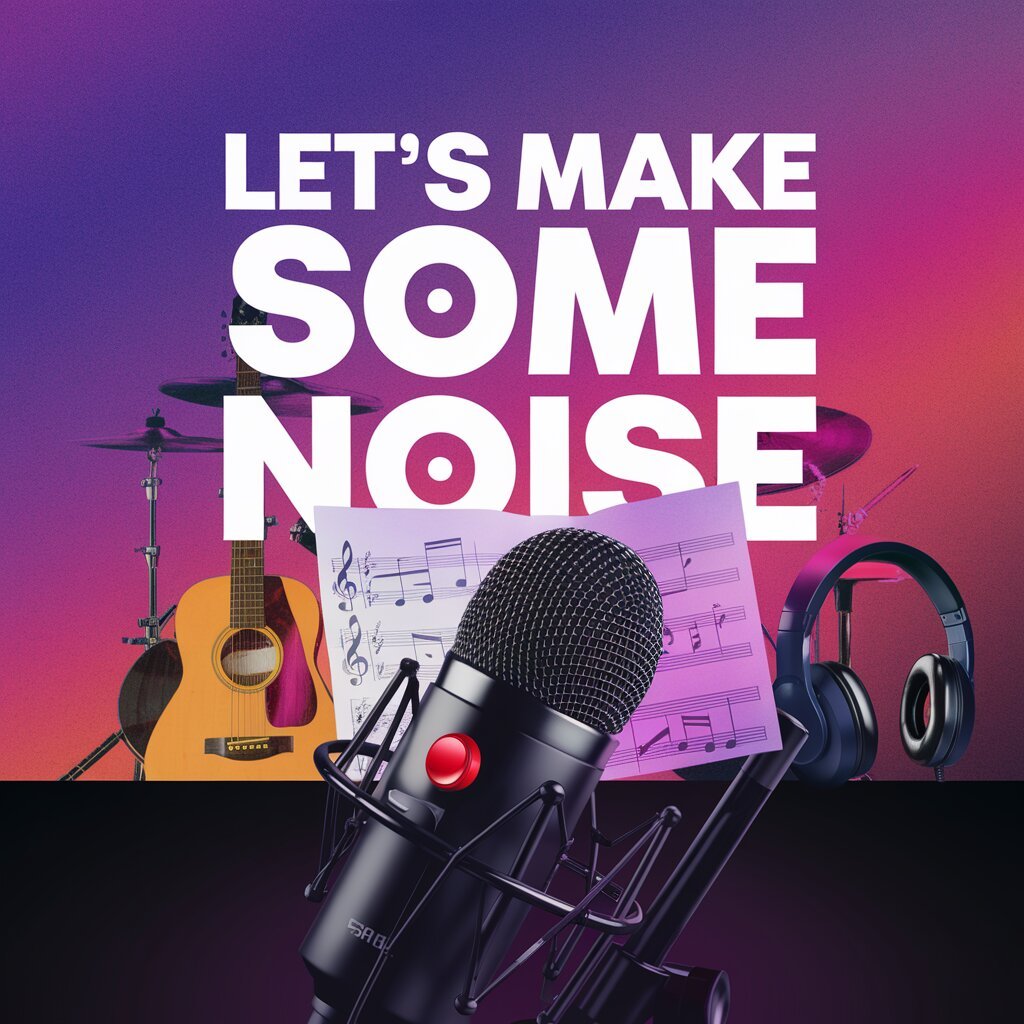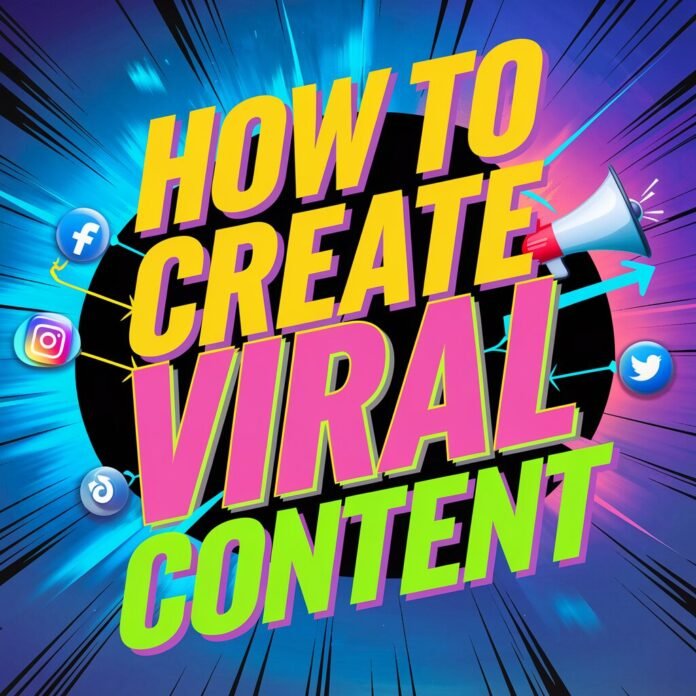Introduction: How to Create Viral Content
Have you ever seen a post or video go viral, where everything was talking about it? Viral content is the magic of that. Content that goes viral grabs attention, resonates well with the viewers,r and leaves them inspired to pass it on to others. You weren’t lucky; you did your planning, your work, your creativity, timing.
This blog features actionable steps to take to get viral content that hooks the audience and spreads like wildfire.
Understanding Viral Content
What Makes Content Viral?
For content to go viral, it must:
- They can generate a strong emotion, for instance, joy, surprise, or anger.
- Be relatable or entertaining.
- Shareable across social media platforms.
Why Viral Content Matters
- Boosts visibility: Your brand can reach dozens or perhaps millions of people thanks to viral content.
- Increases engagement: It indicates more likes, shares, and a greater degree of involvement.
- Drives traffic: Know that a viral post can get you visits to your site or profile.
The Psychology Behind Virality
Emotional Triggers
Viral content has emotions in their heart. Here are the top triggers:
- Joy: Funny videos or heartwarming stories.
- Surprise: Something that doesn’t follow the norm or interesting facts.
- Anger: Content that you mentioned provoking debates (that’s a way to use it)
The Role of Curiosity
Curiosity hooks people. The headlines: “You won’t believe what happened! are made to promote clicks and shares.

Identifying Your Target Audience
Why Knowing Your Audience is Essential
You must take into account the tastes of your audience to produce shareable content:
- Affinity, gender, location demographics.
- Interests and pain points.
Tools to Understand Your Audience
- Google Analytics: Most of the time, the focus is on website traffic and user behavior analysis.
- Social Media Insights: Data about your followers is there on platforms such as Facebook and Instagram.

Choosing the Right Platform
Top Platforms for Viral Content
- TikTok: Very good for short fun videos.
- Instagram: Perfect for eye-popping photos and reels.
- YouTube: Go long, go wide—long-form, engaging videos work best.
- Twitter: Share quick, thought-provoking posts.
Platform-Specific Tips
- Take advantage of TikTok Trends.
- Focus on hashtags on Instagram and Twitter.

Crafting Headlines That Grab Attention
The most important thing is your headline, which is your initial impression.
Tips for Writing Clickable Headlines
- Use Numbers: “5 Secrets to Going Viral.”
- Add Intrigue: This film will change the way you think about social networking.
- Keep It Short: Headlines of less than 70 characters perform best.

Creating High-Quality Visuals
The Power of Visuals
People see visuals faster than text. The visuals make or break your content.
Types of Visuals to Include
- Videos: Reaction videos, skits, or tutorials.
- Memes: The humor that gets you is helpful.
- Infographics: Make the machine understandable for your listeners.

Timing is Everything
The Best Times to Post
- TikTok and Instagram: Engagement peaks in the evening, so post then.
- Twitter: It works best if you can do it early in the morning or after lunch hours.
Leverage Trends
To increase the chances of getting your video seen, simply look for trending hashtags or events and match your video to one of them.

Encouraging User Interaction
How to Increase Engagement
- Ask Questions: Ask your guts to leave a comment below their thoughts.
- Create Challenges: Things like interactive challenges like dance trends not only go viral but are also repeated.
Storytelling for Virality
People love a good story. Tell a story of your content so it’s more relatable.
Structuring Your Story
- Tell us about the main character or main issue.
- Highlight the problem.
- Give an unexpected or satisfying resolution.
Analyzing Content Performance
Why Analytics Matter
Without data, you can’t understand what works and what does not. Use tools like:
- Google Analytics
- Social media insights
Common Mistakes to Avoid
Overloading Content
Too much information puts your audience under too much strain. Keep it simple.
Ignoring Feedback
Make sure to change it based on response and metrics.
Conclusion
Ultimately, to create viral content is a combination of creativity, a deeper, emotional edge, and strategy. To increase your chances of going viral, you can understand your audience, leverage visuals, and share at the right time. It’s about making an impression, not about views.
FAQs
- What type of content is most likely to go viral?
This type of content generally pulls in best: humorous, emotional, or surprising. - How long does it take for content to go viral?
Usually, this happens 24 to 48 hours following the post. - Can small creators make viral content?
We need to focus on the authenticity and relevance. - What should I do if my content doesn’t go viral?
Once you analyzed your performance data and made necessary refinements to the strategy for the next attempt, you need to start differently. - How important is timing in creating viral content?
Engagement and reach can differ based on the timing you post, so post when your audience is most active.


